No two companies or industries have the same customer retention strategies, and it’s not hard to see why. For example, a loan shark sending a win-back “we miss you” email may not go over too well, but a food delivery app sending a free birthday dessert feels right on brand.
It’s clear that customer retention is a crucial growth factor: 83% of experts agree that it’s more beneficial — and cost effective — to retain existing customers than it is to acquire new ones.* But building a successful customer retention strategy is much easier said than done.
We’re sharing advice from CEOs, VPs of Growth, startup founders, and more who have all tackled the customer retention battle head-on. Keep reading for key takeaways from customer retention experts, or skip to our infographic below.
What Is Customer Retention?
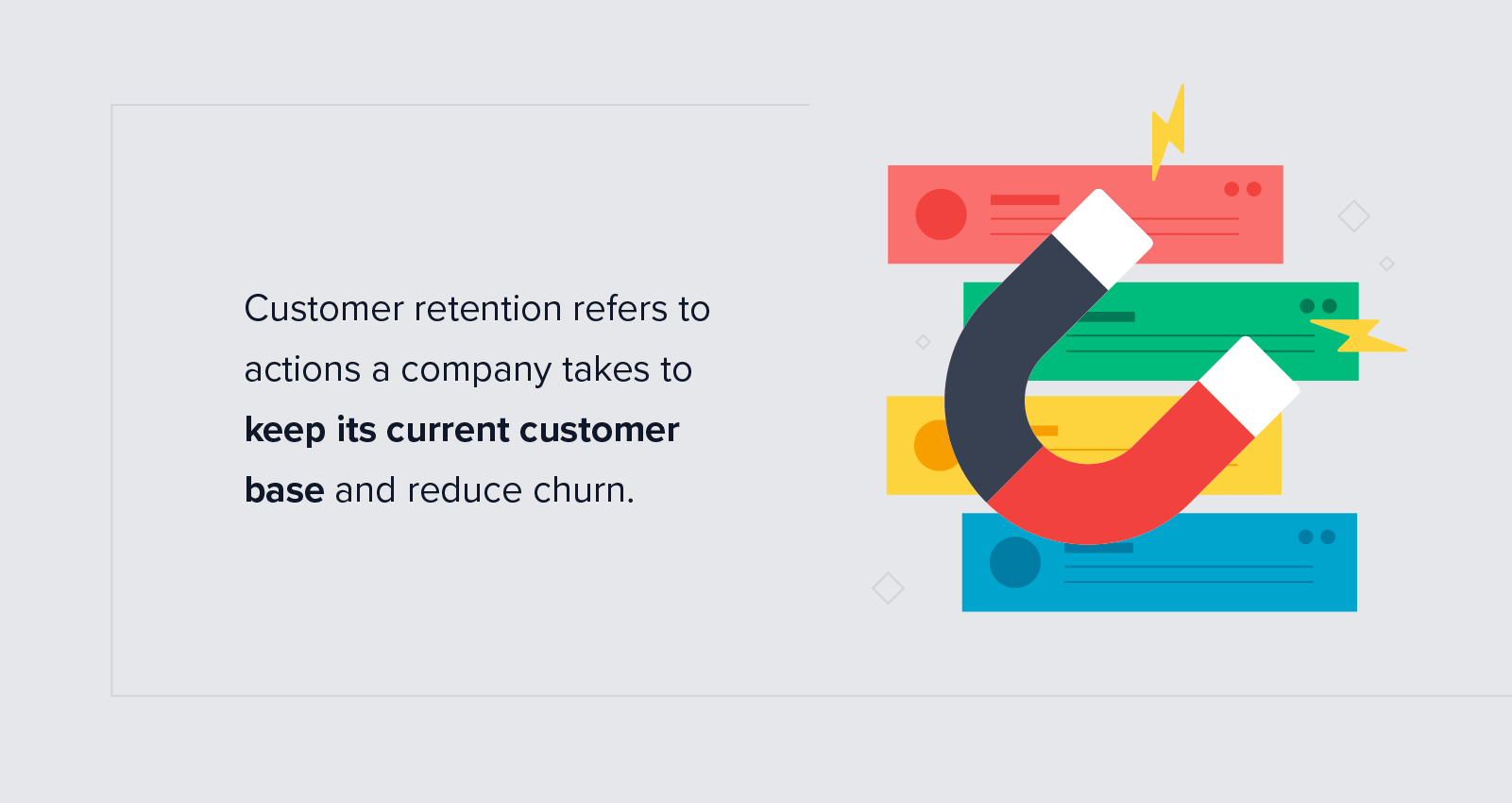
Customer retention refers to actions a company takes to reduce customer churn. The strategy of keeping current customers engaged and profitable is referred to as retention marketing.
A good customer retention strategy allows you to maximize the value of your existing customers by increasing revenue and average order value. It also helps minimize customer acquisition costs, which is widely known to be one of the most expensive parts of a customer engagement strategy.
Customer Acquisition and Retention: What’s the Difference?
Customer acquisition and customer retention can be thought of as two sides of the same coin, as both are crucial factors in growing a business. While customer acquisition deals with the initial process of gaining new customers, customer retention focuses on keeping your current customer base and increasing the profitability of each customer.
So which should you focus on, customer acquisition or customer retention? It depends on where you are in the business lifecycle.
Customer acquisition can help you grow your customer base, which is essential for new businesses early in their lifecycle. Meanwhile, customer retention is critical for growing customer lifetime value (CLV), or how much profit your company can expect to make throughout a customer relationship.
No matter how great your customer retention strategy is, it needs to be accompanied by a strong customer acquisition plan.
Customer Retention Rate
One of the most critical metrics for measuring customer retention is the customer retention rate, which measures the percentage of customers a company retains over a specific period. It can be calculated by using this customer retention rate formula:
Customer Retention Rate = [(Users at end of period – Users at beginning of period)/Users at beginning of period]*100![Customer Retention Rate = [(Users at end of period - Users at beginning of period)/Users at beginning of period]*100](https://clevertap.com/wp-content/uploads/2021/09/customer-retention-rate-calculation.png)
The opposite of customer retention rate is churn rate, which measures how many customers a company lost over a given period.
Communication Strategies for Improving Customer Retention
Did you know that two-thirds of consumers think transparency is one of the most attractive qualities of a brand?* It’s not surprising that communicating with your customers is one of the overarching lessons from customer retention experts.
Below, we’ve collected insight from retention experts regarding building a solid foundation of communication and complete with customer retention examples from various industries.
1. Invest in Onboarding
A strong onboarding program can nip retention issues in the bud. By investing in a comprehensive onboarding experience, companies can shift the retention curve up and retain more users from their very first day.
The idea that onboarding is vital for customer retention isn’t exactly groundbreaking — we’ve long known that proper onboarding can improve retention by up to 50%.*
According to CJ Xia, VP of Marketing & Sales at Boster Biological Technology, your onboarding system should aim to make new customers feel like part of the family.
He says that “this has a follow-on appreciation and retention system that uses newsletters, gifts, emails — whatever it takes to keep a client.” Xia says that you should invest in onboarding based on customer lifetime value.
Key takeaway: Investing in onboarding increases the chance of customers becoming loyal to your brand.
2. Implement a Customer Feedback Loop
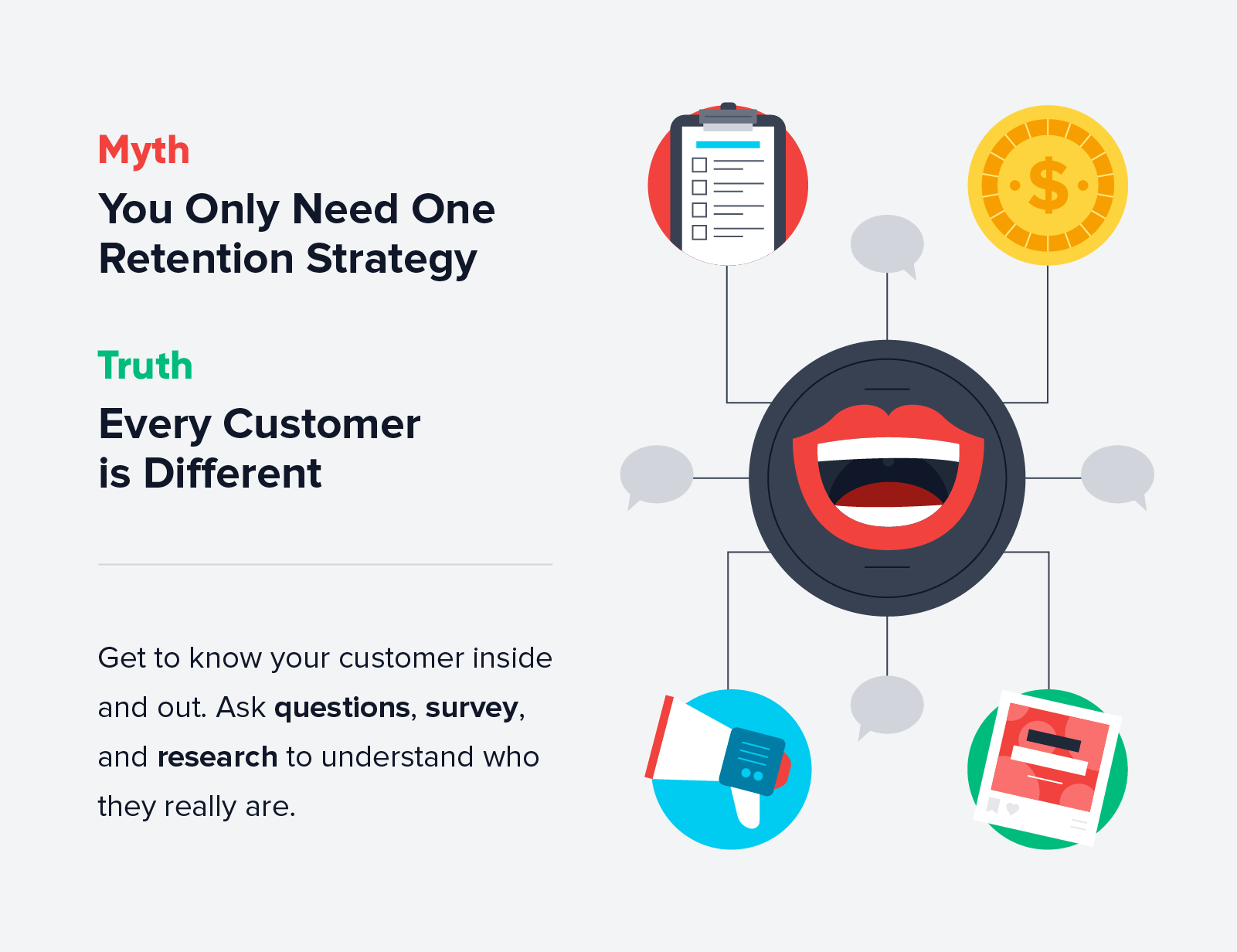
Customer feedback is a critical part of improving your product or service. For many companies, getting this feedback requires consistent, ongoing effort.
To get consistent customer feedback, you need to meet your users where they are. For example, app-based companies can benefit from in-app surveys to easily collect valuable consumer insights.
Creating a feedback loop — a system that collects, analyzes, and distributes customer surveys and reviews — can help you look for trends in consumer behavior, so you can efficiently address criticism and improve customer experience.
Gulsaba Khan, Growth Marketer at AI-tech company Quillbot, says that the main benefit of implementing a feedback loop lies in understanding customer sentiment.
According to Khan, “It’s important to recognize that different potential clients have different pain points, criteria, and objections. The size, vertical, and organizational maturity of your client cannot easily predict what they want from their relationship with you. Some clients may be motivated by rewards and eager to participate in loyalty programs — the only way to know for sure is to inquire.”
Key takeaway: Gather consistent feedback from customers to gauge consumer sentiment and pivot current customer retention strategies.
3. Give Them a Point of Contact
One of the biggest causes of customer churn is that customers don’t feel listened to. To help improve customer retention, Jonathan Zacharias, Founder of digital marketing agency GR0, suggests assigning a specific customer representative or account manager. Giving customers a point person means they know exactly who to contact when they have a problem and helps them feel like a priority.
While this is most often seen in B2B, it’s worth noting that some retail brands have also implemented this strategy. For example, the French fashion house Hermès is known to assign a single sales associate (SA) to each client, who is responsible for sourcing rare goods and providing status updates to the client. If the client is interested in an item, they’ll contact their dedicated sales associate.
Key takeaway: Make sure customers have a clear line of communication to prevent frustration and eventual churn.
4. Make Your Touchpoints Count
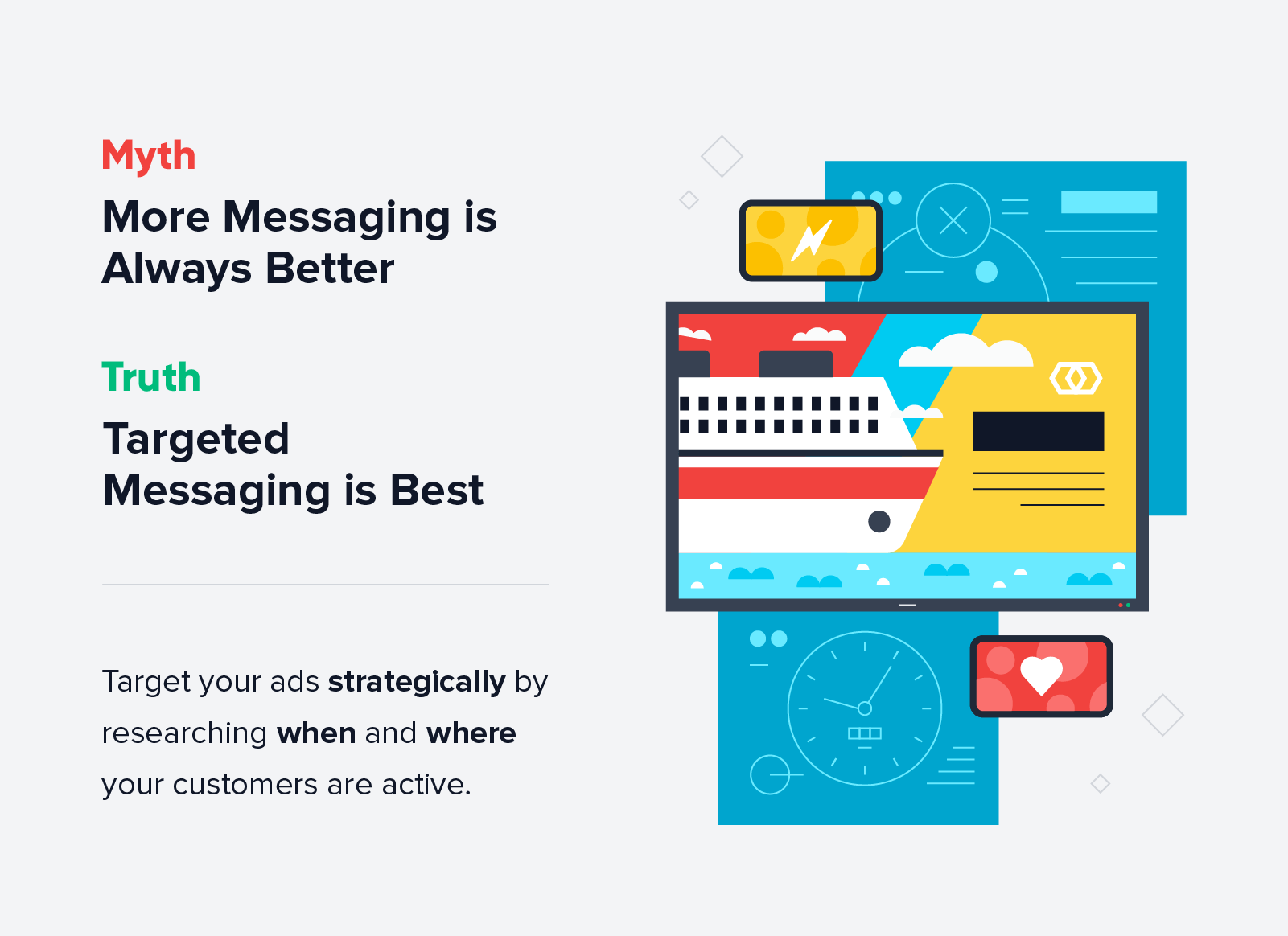
It takes an average of seven interactions before a customer makes a purchase,* but more isn’t always merrier. Too many touchpoints may start to irritate potential customers, so you want to make sure each touchpoint comes with a clear value-add or relationship-building element.
Anthony Bertolino, VP of Growth at iTrustCapital, says that “Customer retention starts at the very first touchpoint. If the customer doesn’t feel like they are being heard from day one, you will be fighting an uphill battle.”
Bertolino says the best way to do this is by not only listening to the needs of your client and community but becoming an industry thought leader to provide clients with what they want — before they realize they want it.
Key takeaway: To make each touchpoint count, focus on predicting user needs and providing a clear value-add with each interaction.
Relationship-Building Techniques for Improving Customer Retention
The importance of building customer loyalty can’t be overstated. Learn how to improve customer retention by focusing on the relationship between a consumer and your brand.
5. Own Up to Your Mistakes
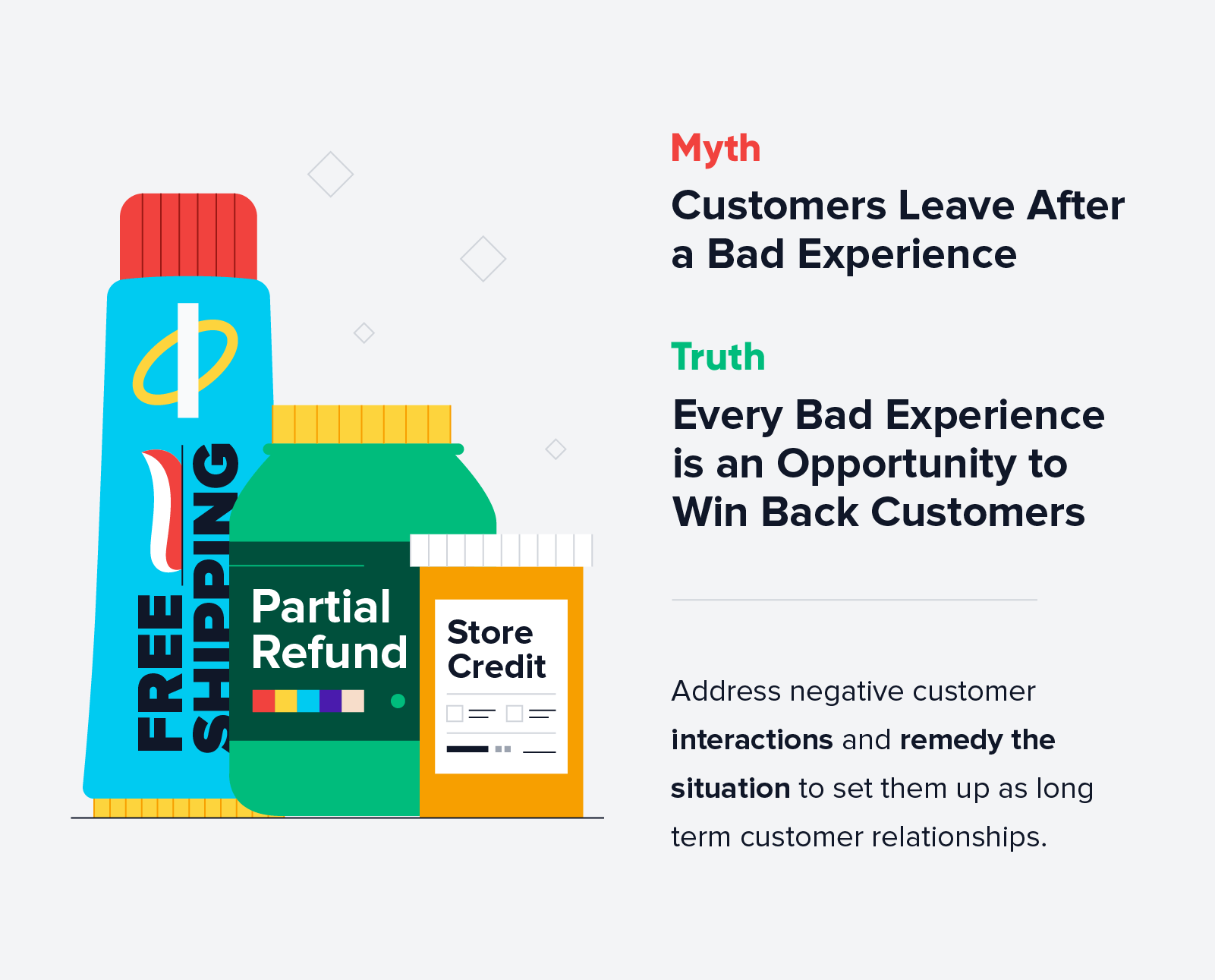
Making mistakes is expected. What sets the best companies apart is how they respond to mistakes. Just ask the 78% of consumers who would do business with a company even after making a significant mistake, as long as that company has excellent customer service.*
According to Michael Miller, CEO of VPN Online Multimedia, “One surefire way of building trust is by turning every pressing situation with your customers into opportunities. When they’re upset, show them that you’re more than willing to go above and beyond to remediate the situation.”
Miller says, “Whenever they need help or are disappointed about your services, apologize and resolve the issue as soon as possible. Give consistent follow-up if necessary. This way, they’ll realize that you value your relationship with them. And once they do, you’ll never have to worry anymore about retaining them.”
Key takeaway: Build trust with customers by owning up to and apologizing for mistakes, rather than shifting the blame.
6. Highlight Your Company Mission
Highlighting your company’s mission and values can lead to higher customer retention. Nowadays, consumers care about more than just your product — they want to like you as a brand.
A recent company purpose study found that US consumers are more likely to have a positive image about (89%), trust in (86%), and be loyal to (83%) brands that lead with purpose.*
Jared Pobre, Co-Founder of Caldera + Lab, a sustainability-focused ecommerce brand, says that including their company mission in their value proposition has been vital for customer retention: “By taking our customers on our mission to help create a clean and healthy world for generations to come, we’re strengthening our bond and building loyalty.”
Key takeaway: The more you make a customer feel like they are part of a brand mission, the more likely they are to not only be retained but become an ambassador.
7. Build a Partner Relationship, Not a Vendor One
The best brands do more than provide a product or service for their customer, they create experiences that elicit lasting positive sentiment. To build this type of relationship, you need to invest in your customers early on, even if it means making less short-term profit.
Whether you give long-time customers lower prices or offer exclusive discounts and services, you want to show your customers that you value them as people, not just as numbers on your ledger.
Yana Trihub, a UX Scientist at Key UA, says, “Treat customers like grandfathers when it comes to prices. When it comes to loyalty, remember that it’s not about being loyal to a customer, it’s about being rewarded for their loyalty.”
Key takeaway: Focus on helping your customers solve their problems, not just on closing the deal.
8. Leverage Superior Customer Service
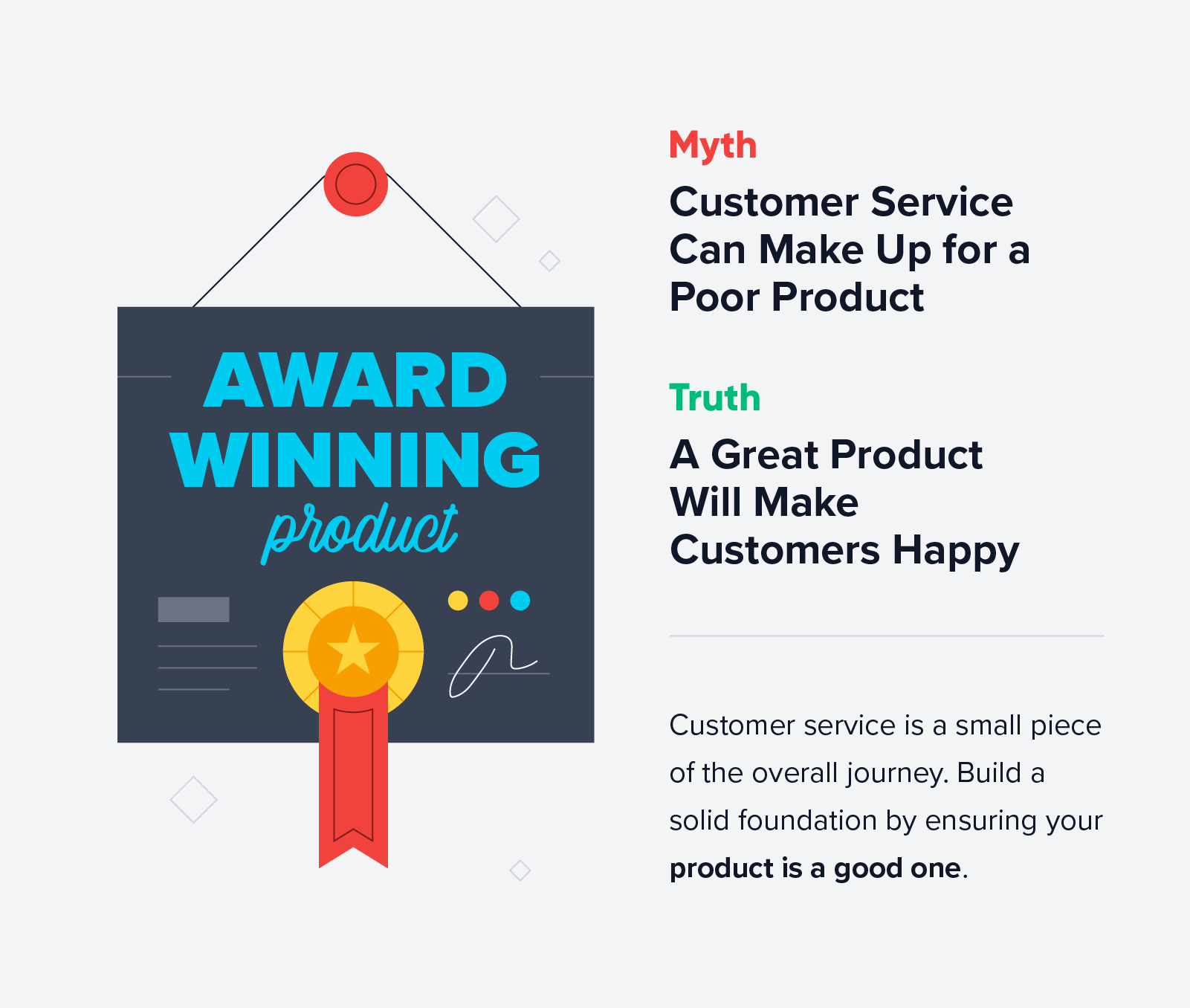
One of the most talked-about customer retention strategies is customer service — after all, 80% of consumers name friendly service and knowledgeable help as some of the essential elements of a positive customer experience.*
Caroline Hoy, Head of PR and Marketing at Concord Now, says that the best customer service methods are those that make lasting impressions and keep people around long-term, like:
- Making it easy to contact you and resolve issues, even at the expense of short-term profit
- Keeping customers in the loop with new information on products and services
- Building trust through informative but non-invasive remarketing tactics, like easy opt-out email lists
Key takeaway: Focus on building customer relationships over maximizing profit.
Try CleverTap now to unlock long-term growth & retention
9. Use Value-Adds to Keep Current Customers Engaged

One of the biggest customer retention mistakes you can make is focusing too much on acquiring new customers at the expense of your current customer base. A strong customer retention strategy builds in resources to reduce churn rate with value-adds and win-back campaigns.
A win-back campaign is a specific marketing plan that aims to get users back on your app. Seeing as a mobile app loses over three-quarters of its active users in the first 72 hours,* win-back campaigns are something you should be thinking about before you’ve acquired the users, not just when they’re at risk of churning.
Growth Marketer Gulsaba Khan says that “While it is important to keep customers happy, this does not guarantee brand loyalty. There are other boxes to check if you want customers to come back and buy your products, such as superior products, great deals, customer service, and convenience.”
Key takeaway: Show existing customers that you value them with proactive communication, exclusive deals, and superior customer service.
10. Highlight User-Generated Content
Engaging with customers in a way that elicits emotion is shown to be over 50% more effective than non-emotionally targeted methods.* One of the best ways to do this is by highlighting user-generated content (UGC) or content that has been posted by users about your brand.
Customers are smart. With thousands of advertisements being thrown at them every single day, they’ve learned to tune out irrelevant content and put the most value in peer recommendations (84%) above all other advertising forms.*
Shaunak Amin, Co-Founder and CEO of SnackMagic, says, “Our audience is typically B2B, so we send satisfied customers to our G2 reviews page. The reviews are credible and honest, and interested prospects will come across these reviews when searching Google. This makes for an organic way to collect content that you can then share in your social media — and it’s customer-centric.”
Key takeaway: Highlight loyal customers to leverage social proof as an organic form of advertising.
11. Manage Customer Expectations
“Under-promise, over-deliver.” It’s an age-old saying in the sales and marketing industry — and while the efficacy of the phrase is debated, the underlying meaning is crystal clear: manage customer expectations.
Too much under-promising can make customers feel like you’re not transparent (or are bad at forecasting). Instead, Jake Munday, CEO and Co-Founder of Custom Neon, says to be honest with your customer.
Munday says, “Once the order is placed, it’s about thanking the customer and managing expectations for delivery. Never make a promise you can’t keep and if you can’t fulfill an order, be honest and direct the customer elsewhere.”
Key takeaway: Under-promise, over-deliver — but not by too much.
Customer Retention Metric Strategies From Experts
Understanding behavioral analytics is key for an intelligent customer retention strategy. Here are some of the best ways to uncover user trends and track behaviors to boost your customer retention plan.
12. Use RFM Analysis

One of the most powerful ways to segment customers is Recency, Frequency and Monetary Analysis (RFM), a model that segments past behavior. RFM is useful for determining factors like:
- Recency: Customers who have purchased most recently
- Frequency: Customers who have purchased most often
- Monetary Value: Customers who have spent the most
According to Elijah Litscher, Chief Digital Strategist at The Loop Marketing, “If a customer falls in the top 25% in each of these categories, they are your gold standard and can be learned from. Every business wants more of these and they deserve the most attention when it comes to retention.”
Litscher suggests using surveys to gauge how to retain customers that excel in one or two of the three categories. “For example, if a customer is in the top 25% for frequency and monetary value but in the bottom 25% in recent purchases, they can reactivate and retain that customer by directing coupons and specials on products that have previously been purchased.”
Key takeaway: Segment your customers by recency, frequency, and monetary value to determine areas of weakness and plan a targeted marketing campaign.
Also Read: What is Customer Segmentation? The Complete Guide
13. Augment Personalization With AI

Personalization isn’t optional — 91% of consumers want to shop at brands that provide relevant offers and recommendations.*
However, personalizing at scale isn’t easy or time-efficient. That’s why Jeff Moriarty, Marketing Manager at More Gems, implemented AI to help with their personalization strategy.
Moriarty says that, “Instead of guessing when customers will purchase again, we use AI to help predict the next time a customer will purchase, and an email or SMS is sent to that customer around that time. Since its implementation, Moriarty’s Gem Art has seen repeat purchases increase by 25%.”
Key takeaway: Invest in AI that’s going to tailor content to your audience — no one’s going to engage with your brand if they don’t feel directly spoken to.
14. Use Trigger Campaigns
Trigger campaigns are follow-up messages that are activated (“triggered”) by a specific user action. Whether it’s a certain amount of time without engaging with your app, an order confirmation and following status updates, or personal events like a user’s birthday, trigger campaigns are effective for marketing automation to make customer retention feel more personal.
However, a badly timed trigger campaign may do more harm than good. Think about that person giving a long-winded speech at a wedding that just can’t seem to read the room, and you’ll understand why it’s so important to invest in the user journey when you set up trigger campaigns.
Harris Rabin, Chief Commercial Officer at R3SET, explains the importance of personalized messaging in your trigger campaigns: “We extend personalization in our email marketing campaigns. By simply collecting names from our subscribers, we create smart tags that enable us to quickly pull their names into the email subject line. And as user actions generate customer appreciation emails, the subject line will also say what we’re thanking them for and incentivize their next purchase.”
Key takeaway: Use lifecycle mapping to determine the right message to send at each stage in the user journey.
Maximize Growth With a Customer Retention Strategy
Retention is one of the most effective (and efficient) drivers of growth. But retaining your customers takes more than surface-level connections and personalizations.
By segmenting your audience and personalizing messaging to meet their needs, you can build long-lasting customer loyalty. With a customer retention platform like CleverTap, you can build a customer acquisition and retention strategy from the ground up. Get a demo to find out how to drive long-lasting growth and retention for your business today.
Infographic

Discover more about creating delightful user experiences
Shivkumar M 
Head Product Launches, Adoption, & Evangelism.Expert in cross channel marketing strategies & platforms.
Free Customer Engagement Guides
Join our newsletter for actionable tips and proven strategies to grow your business and engage your customers.















































